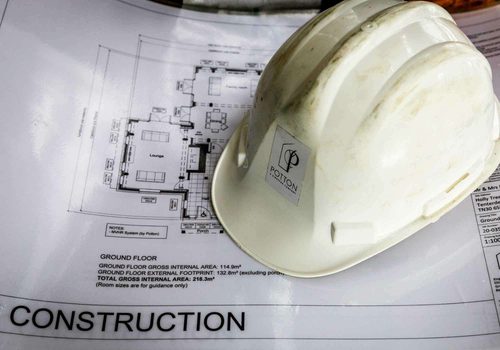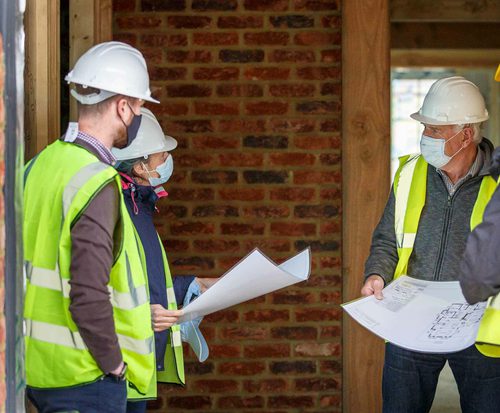Community infrastructure levy (CIL)
You might have heard that as a self-builder, you are exempt from paying Community Infrastructure Levy (CIL). While that’s true, there are procedures that you have to follow to get that exemption. With some circumstances you might have to pay CIL in the future, so it’s still important to understand how it works.
What is community infrastructure levy (CIL)?
CIL was introduced in 2008. It is a charge levied on people who gain planning permission for many types of new buildings. It only applies to England and Wales and not all councils charge CIL. The rate is charged per square metre of floor area and can also vary a lot between councils, ranging from anywhere between £10/m2 to £575/m2. The money raised from CIL is used to improve the local area, by funding amenities like hospitals, schools, parks and public sports facilities.
The developer is the one who has to pay the charge. It is due on commencement as given in section 56(4) of the Town and Country Planning Act 1990. Commonly accepted as the time where work begins to prepare the site for construction. Including demolition, pipes being laid and so on. If CIL is charged in a particular area, all new houses, flats and extensions larger than 100m2 will likely involve a CIL charge.
Self and custom build CIL exemption
An amendment in 2014 introduced an exemption for self-builders on particular types of projects. The main condition is that you must plan to use the build as your own primary private residence. It applies to entirely new dwellings, annexes and extensions of existing properties.
There are caveats and exceptions that you need to be aware of though. If your plans change and you sell the building within 3 years, the council can demand you pay the CIL. You may also be penalised if you fail to notify the council of your change of circumstances or if you sell or rent out an exempt annex. Unless you’re selling the annex as part of the main property and the same purchaser is buying both.
How do I get a CIL exemption?
There is a strict procedure that you must follow to get a CIL exemption. Firstly, you have to apply to the local authority for an exemption and get their agreement before construction starts. Then, you need to let them know in advance that work is going to begin. If you fail to do this, then you won’t get the full value of the exemption.
You need to apply to the local authority with a ‘Self Build Exemption Claim Form’. There are separate forms for self build annexes and self build extensions too. You must then let them know that work is going to start by submitting a ‘Self Build Notice of Commencement’.
CIL exemption documentation
You can find the key documents that you’ll need by visiting The Planning Portal. You’ll also find government guidance for self-builders who are seeking an exemption.
The portal states: “houses, flats, residential annexes and residential extensions which are built by ‘self builders’ where an exemption has been applied for and obtained, and, in regard to a self build home or a residential annex, a Commencement (of development) Notice served prior to the commencement of the development” (see regulations 42A, 42B, 54A, 54B and 67(1A), inserted by the 2014 Regulations)
The forms you might need are:
- Self Build Notice of Commencement Form 6
- Self Build Exemption Claim Form 7 (Part 1 when making the application, Part 2 on completion)
- Self Build Residential Annex Exemption (Form 8)
- Self Build Residential Extension Exemption (Form 9)



